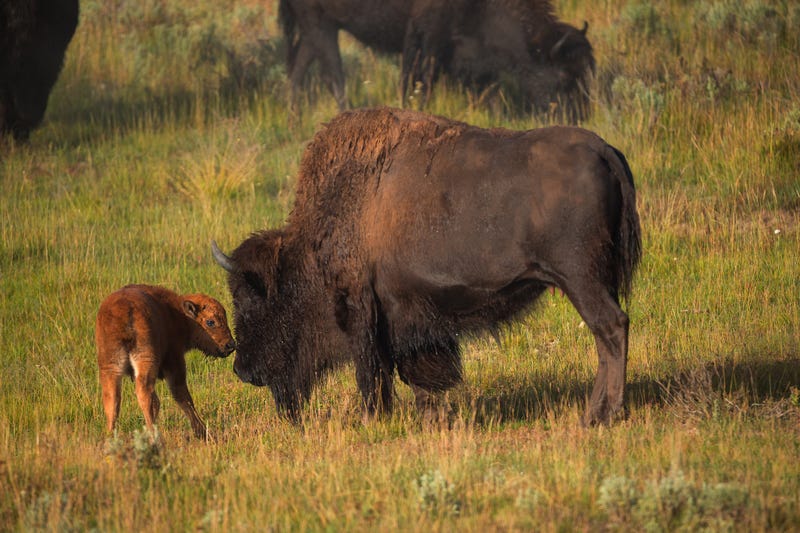
From the brink of extinction to close to 400,000 across the country. Bison have slowly returned. Although their population still remains low, they're returned from the brink of extinction.
"It has been definitely a coordinated and cooperative effort with many organizations, but there are more bison in the state now than certainly many years ago," says Mary Mallinger, conservation biologist at the Minnesota Zoo.
Building back their population has been easy. At one point in time, millions of bison roamed the prairies. Then European settlers nearly wiped them out.
"It's hard, if not impossible, to be doing restoration and conservation of whole ecosystems like prairie, North American Prairie, without the bison," Mallinger explains. "Because they've been a part of that ecosystem and have then shaped it so dramatically."
However, there's still plenty of work to be done. They still face significant threats, including diseases and lack of land.
"There's also the problem of habitat loss," Mallinger told WCCO Radio. "There just isn't a lot of prairie left for bison to be grazing on. We have approximately 1% of the prairie that we used to have, and so they don't have a lot of space."
As Ballinger says the goal is to have herds of at least 500 bison to keep them healthy. In several areas in Minnesota, the public can now visit and see bison grazing, which Mallinger says is very encouraging.
Along with the Minnesota Zoo's population, two Minnesota State Parks keep bison herds including Minneopa, near St. Peter and Mankato, along with Blue Mounds near Worthington, Minnesota.
